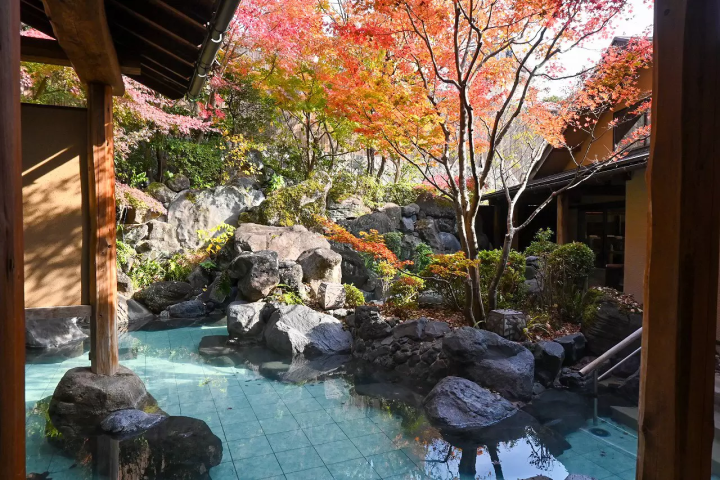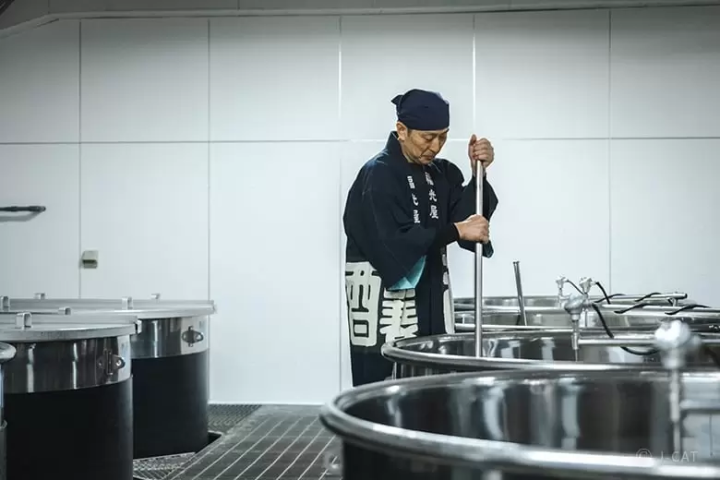Ready For Japan! Vol. 9 – 5 Japanese Soundscapes You'll Hear On A Trip

What sounds come to mind when you think of Japan? From traditional instruments played during festivals to platform melodies timed with a train's departure, there is an eclectic Japanese soundscape. We introduce some unique noises and melodies you'll encounter on your future travels here!
Experience the Sounds of Japan
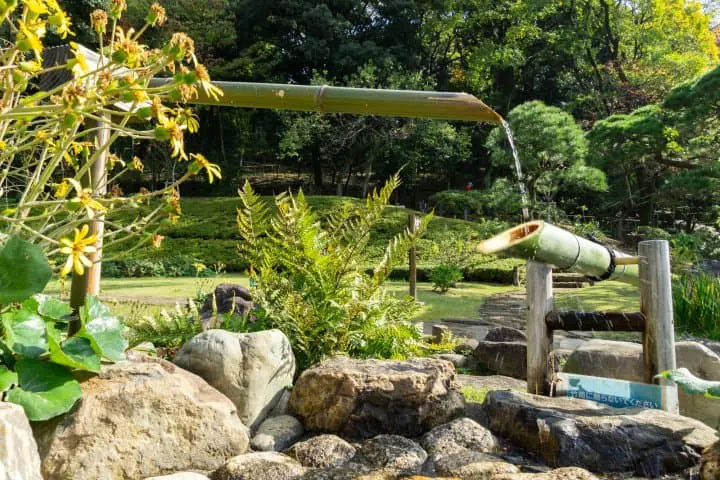
Photo by Pixta
Many people are looking to find ways to keep entertained amid stay-at-home orders and country-wide lockdowns. This may include reminiscing with videos and photos taken on previous trips, or watching movies and shows to pass the time. For those who wish they were off seeing the world, you can have a blast doing travel-inspired activities without leaving your home.
Are you considering Japan as your next travel destination? If so, why not first travel with your ears and let the eclectic soundscapes expand your imagination? In this article, we'll delve into some unique sounds that you'll hear throughout Japan.
1. Get Excited! Sounds From a Japanese Festival
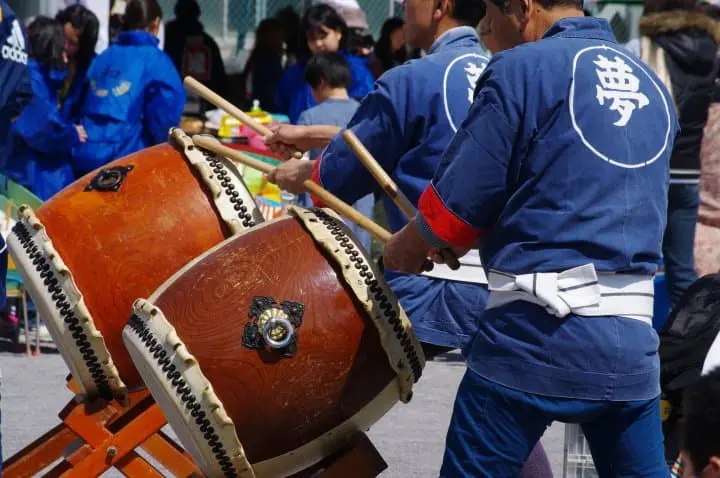
Photo by Pixta
From annual events like the Sanja Matsuri in Asakusa and Gion Matsuri in Kyoto, vibrant festivals are held across Japan year-round.
Hayashi is the musical accompaniment heard at many of these festivals. This ensemble consists of traditional Japanese instruments, such as the reverberating booms of shime-daiko drums, high-pitched melody of the shinobue bamboo flutes, deep sounds of large taiko drums maintaining the accompaniment's harmony, and the conductor-like surigane gong. These instruments are the backbone of a festival's ambiance.
Depending on which festival you attend, there may be dashi floats or performances by participants dressed as lions, Hyottoko (*1), and foxes while dancing to traditional hayashi tunes. Some festivities include a dance-off where all the dashi floats compete against one another with their music and dancing skills!
*1 Hyottoko: a comical male mask with a pouting mouth.
During Awa Odori, a famous festival hailing from Tokushima Prefecture, the shamisen—a traditional three-stringed instrument—joins the hayashi accompaniment. Two styles of dances are performed to the rhythm of a double beat.
Additionally, the dance procession features traditional male and female dance moves. It will be hard not to move your body while listening to this rhythmical beat!
Read also
2. Listen to Music from Traditional Performance Arts
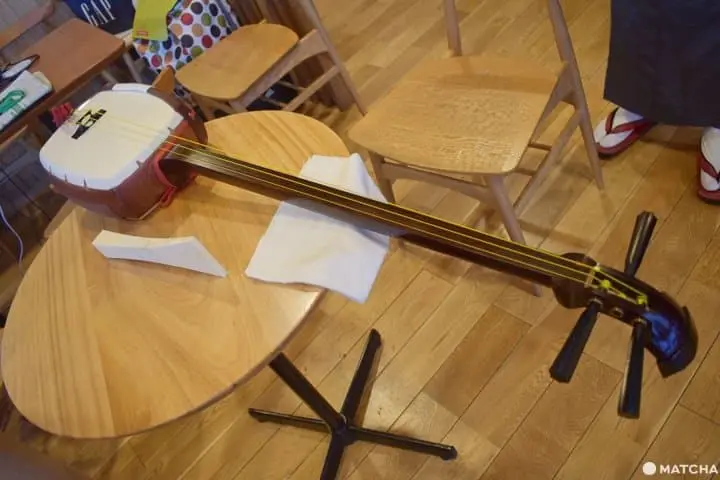
Picture from Bunraku Puppet Theater – How To Watch Japan’s Traditional Performing Art
Hayashi music is also as an accompaniment in traditional performing arts. In Noh theater, for example, actors dance to the music while donning female and demon masks. The on-stage instrumentalists can be seen playing shime-daiko drums, flutes, and a hand taiko drum called tsuzumi.
Bunraku—Japanese puppet theater—also tells a story alongside a shamisen accompaniment. The shamisen plays an important role in expressing the fluctuating emotions of each character.
Kabuki theater is perhaps the most well-known Japanese performance art. Of course, this classical performance is performed to this day. In 2015, a kabuki adaptation of "ONE PIECE," the popular manga series and franchise, was shown to a mass audience. Below is a sample of hayashi music that accompanies kabuki theater.
This particular hayashi performance is called chakuto, which is played before the curtains rise. This short piece spanning 30 minutes features a flute alongside the rhythms of shime-daiko and large taiko drums. This lively performance gets the audience ready for the theatrical that will soon follow.
Sometimes, a platform is placed onstage depending on the show. Shamisens and small hand drums are used to perform debayashi (another form of hayashi) on this platform. This adds another layer of liveliness to the musical program.

Picture from How To Enjoy Kabukiza Theater Without Buying A Ticket
You'll also discover that some unexpected objects are used to create sound effects during the performance! Pictured above are azuki beans used to express certain sounds in nature. Read this article to find out what sound these beans represent.
Read also
3. The Soothing Sounds of Japanese Gardens
Japanese gardens are an expression of nature. At a traditional garden, you'll find mountain-shaped artificial hills and scattered stones surrounding a central pond. As you walk through this scenic beauty, pay attention with your ears to hear gently flowing water and a distinctive "clack" sound near the basin.
This quintessential Japanese garden sound comes from a shishi-odoshi, a water-filled bamboo tube originally used to startle pests to keep them away from damaging fields. Its beautiful sound, however, has since captivated garden-goers and is a fundamental element of Japanese gardens.
Water flows into a diagonally cut bamboo tube, which then fills with water. Once it becomes full, the weight of the water causes the tube to sink. After the water spills out, the now-empty tube swiftly returns to its original position and forcefully hits the rocks. This creates its distinct echoing sound.
The water basin (chozubachi) area where visitors cleanse their hands also has a unique sound. Keep your ears peeled.
First, draw water from the basin and pour it over your hands. You will hear a metallic bell-like sound from beneath the ground.
This is called suikinkutsu: a buried earthen jar that creates beautiful echoes when water drips into the pool at the bottom. This soothing tune has an immediate calming effect.
Please enjoy these two sounds as you visualize the landscape of a Japanese garden.
4. The Best Temple Bells for Mindfulness
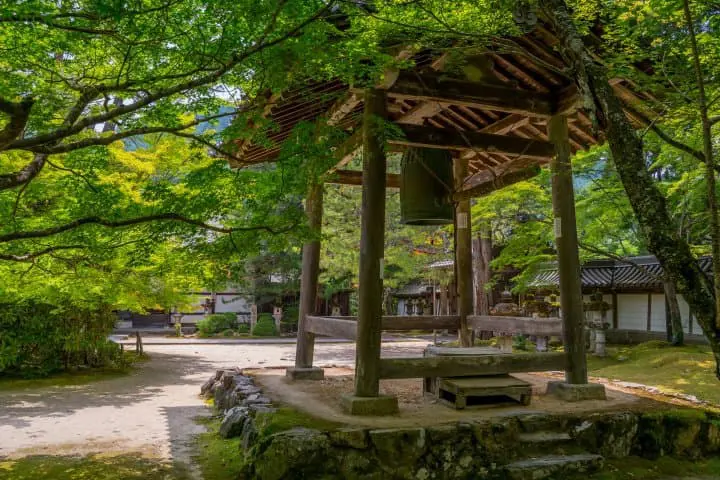
Photo by Pixta
Zen and Buddhist teachings, including the seated meditation of zazen, has garnered attention for fostering mindfulness that places value on the present moment. While it's possible to practice zazen at home, you'll feel more invigorated when meditating in a temple atmosphere.
You can experience this serenity by listening to temple bells chiming in the early morning or evenings. The loud ringing is followed by lingering echoes that will transport your mind to the temple grounds.
It's surprisingly difficult to sit in place without doing any activities. Try practicing zazen as you carefully listen to the sound of these bells, and you might improve your focus and productivity at home.
Read also
5. Embark on a Train by Ear! Train Departure Melodies

Photo by Pixta
The sounds of trains reverberating into noisy crowds are synonymous with Japan. Visitors will immediately hear these passing trains accompanied by jingles on station platforms. These chimes signal the train's departure and differ by each railway company and station.
The video above is a recreation of the departure melody for the JR Yamanote Line that runs through Tokyo, Shibuya, and Shinjuku. Its a pleasant rhythm that will remain in your ears.
The departure melody is sometimes chosen to reflect the distinct features of a station’s surrounding area. For example, Akihabara Station along the Tokyo Metro Hibiya Line uses a song by AKB48, a Japanese female idol group, titled “Fortune Cookie in Love.”
Similarly, Nogizaka Station on the Chiyoda Line uses a song by Nogizaka46, another female idol group, titled "Your Name Is Hope." It's an arrangement that makes fans go wild at the group's namesake station!
Even in Osaka, Symphony No. 9 "From the New World" by the Czech composer, Antonin Dvorak, can be heard at Shin-Imamiya Station on the JR Osaka Loop Line. This well-known orchestra composition is related to Shinsekai (“New World” in Japanese), a shopping district near the station.
There are still many more fun departure melodies adopted from J-pop songs and nursery rhymes. It's fun to embark on a train trip while listening to these jingles!
Plan a Journey in Japan Steeped in Sound
The ecletic sounds we introduced can be heard when you visit Japan. Are there any sounds you wish to hear with your own ears? It might be fun to plan a future trip around these quintessential Japanese soundscapes!
Main image by Pixta













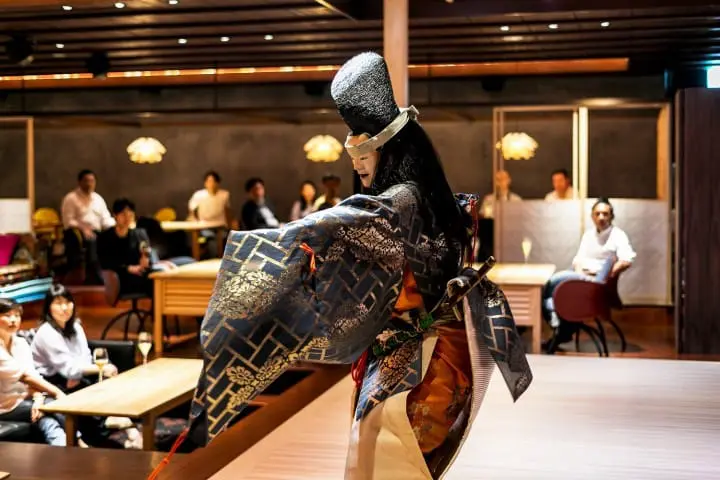



























![[Coupons available] We're open even during the New Year holidays! We'll bring you information on our New Year's sale!](https://resources.matcha-jp.com/resize/720x2000/2025/12/26-254137.webp)
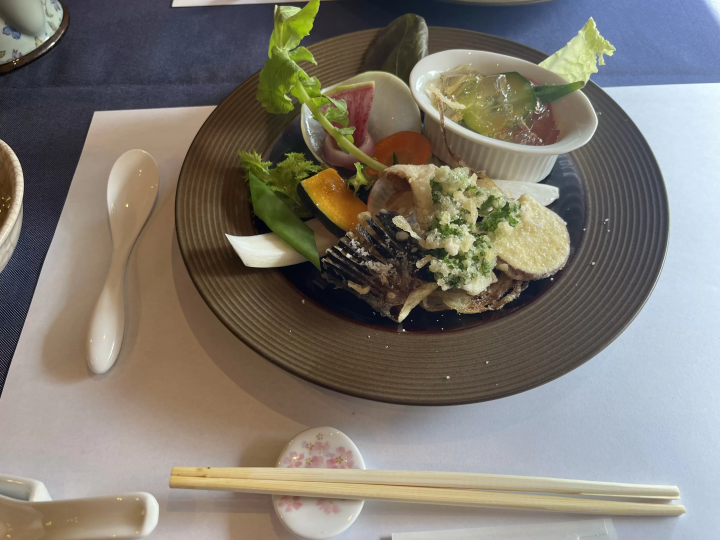
![[For beginners and debutants] Special feature on recommended ski resorts and ski tours!](https://resources.matcha-jp.com/resize/720x2000/2025/12/26-254120.webp)
